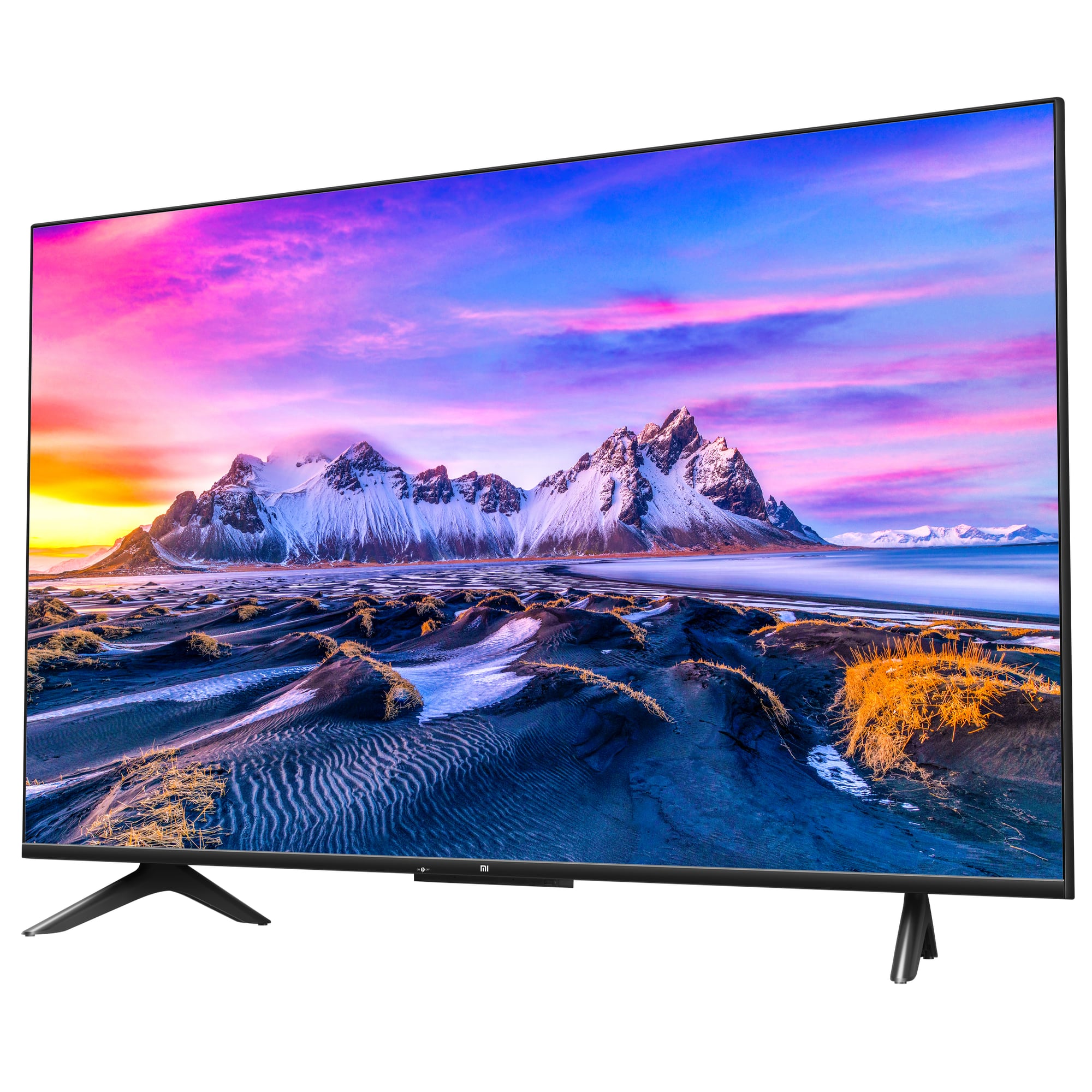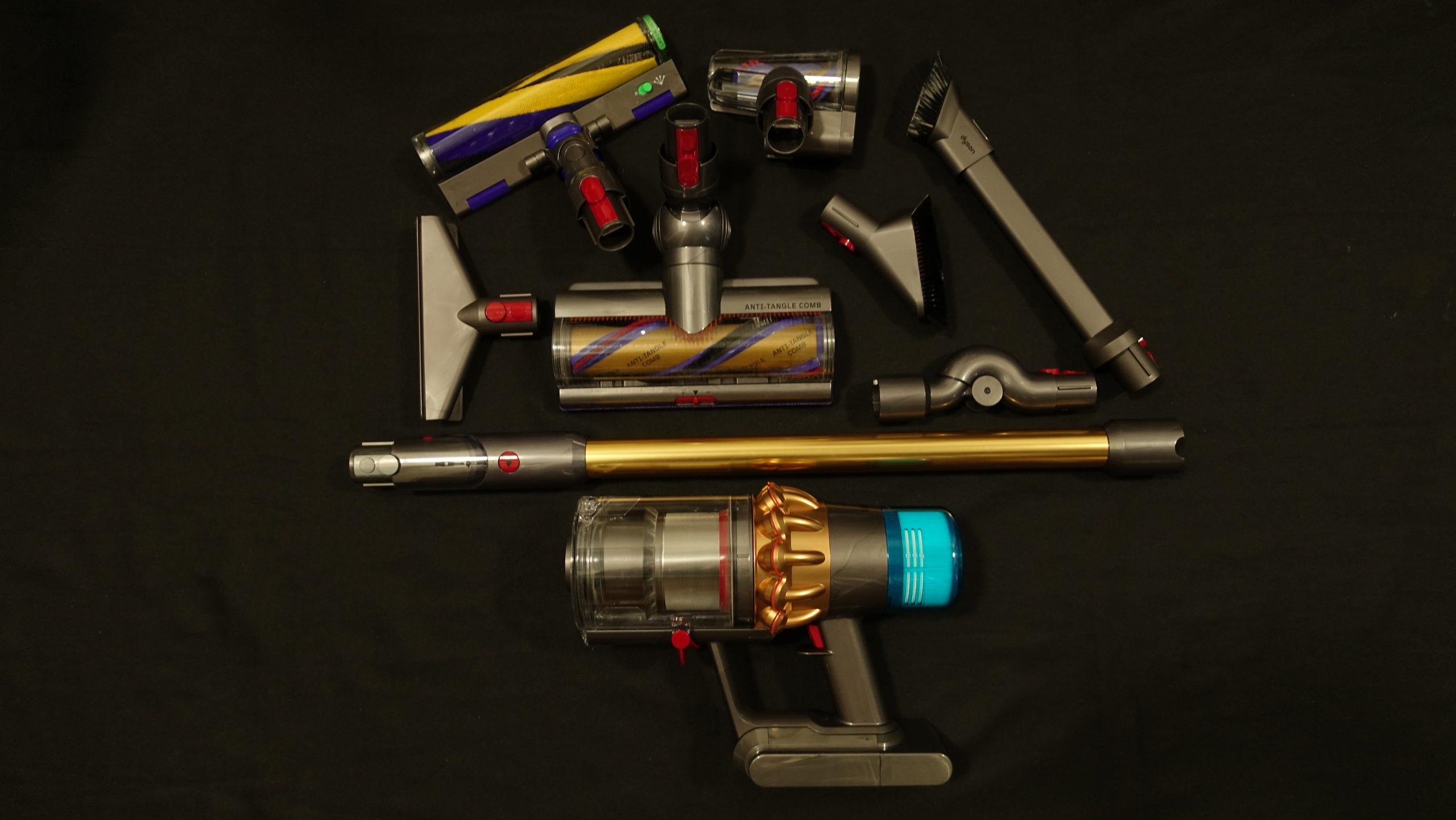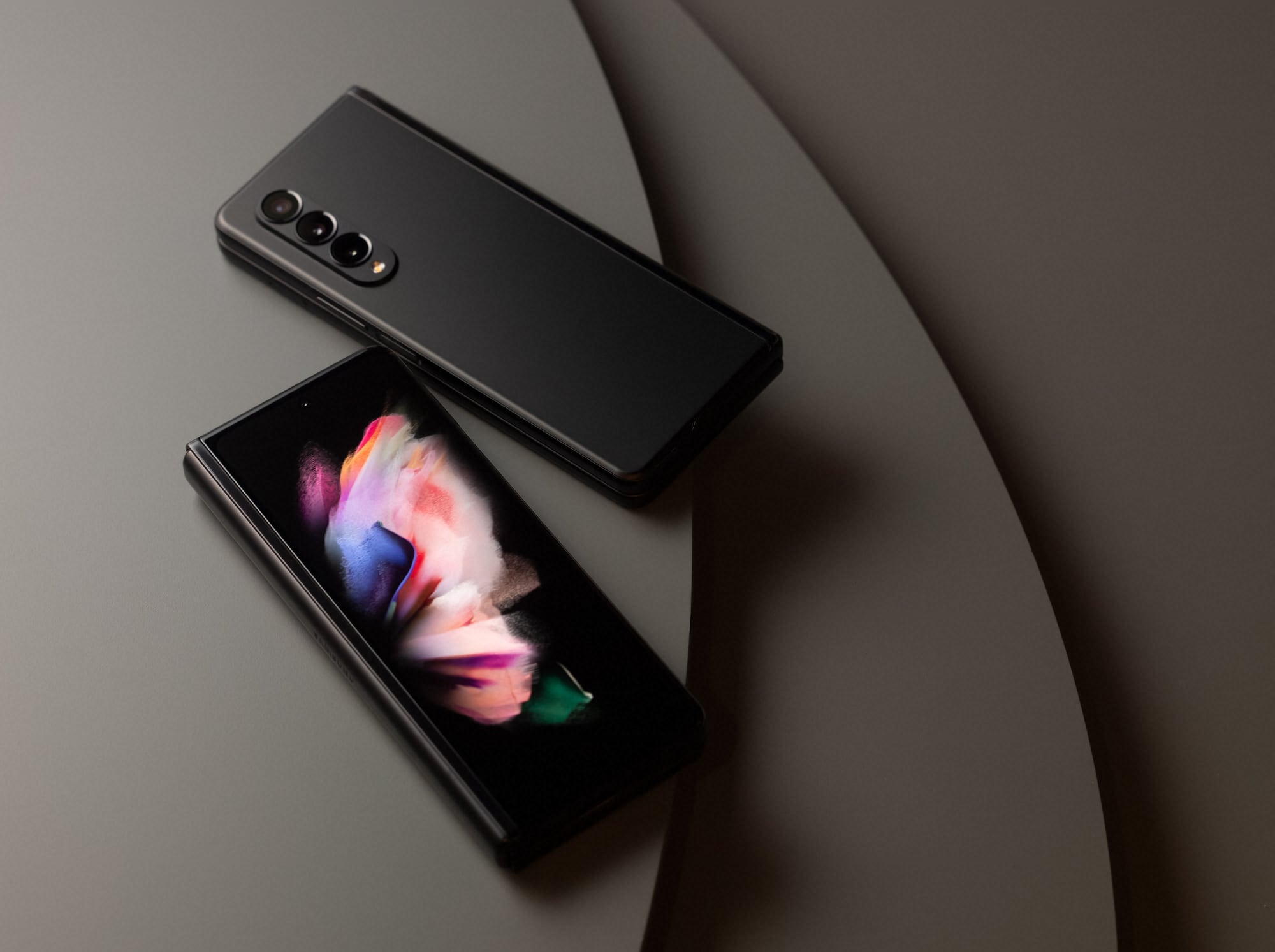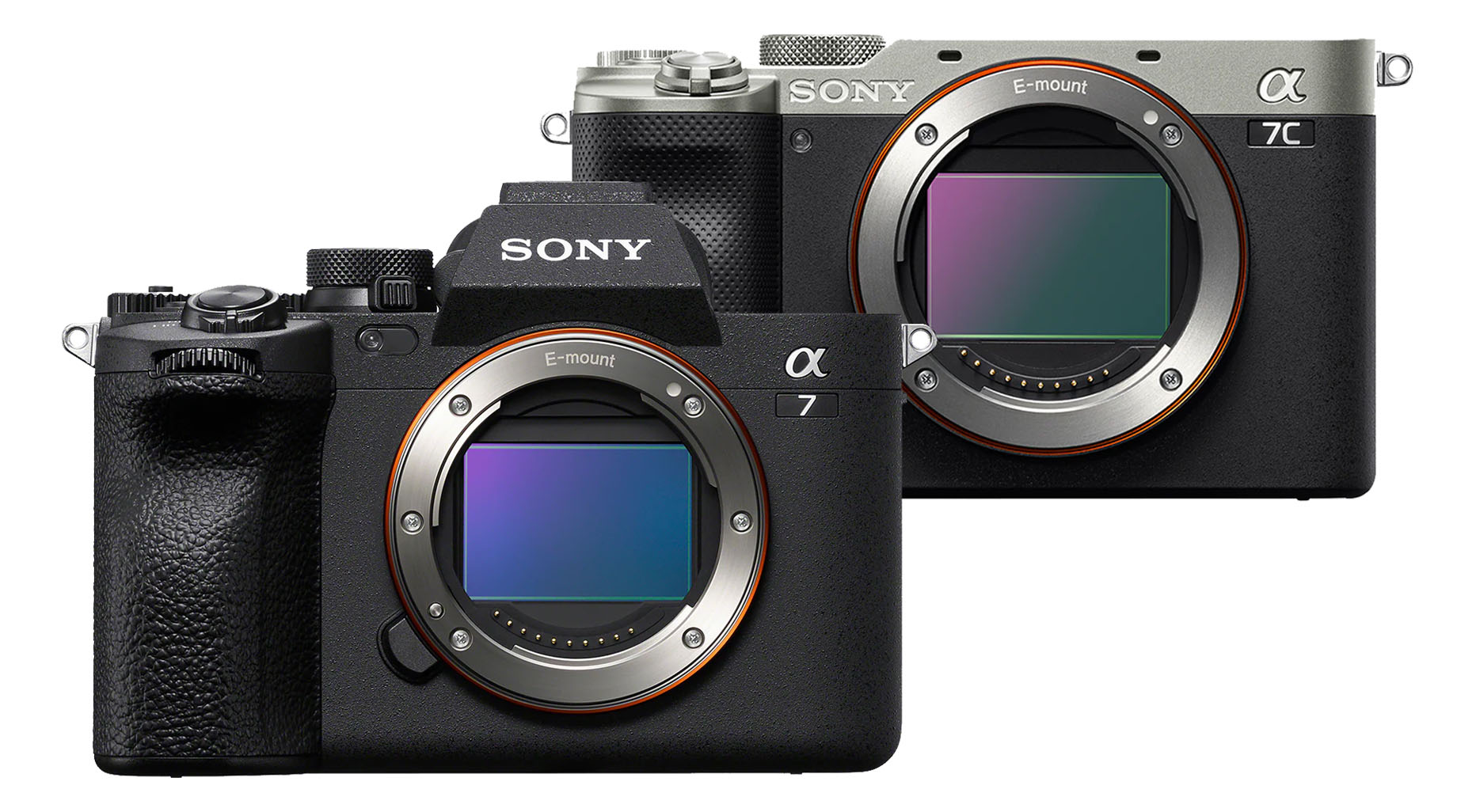
Need to watch the Euro 2020 football matches in its full glory on a large TV using the LiveNow Android app (provided you have a subscription of course)? You might want to get the latest Xiaomi Mi TV P1.

Along with the flagship Mi TV Q1, the Mi TV P1 series is the first Xiaomi premium 4K smart TVs to be officially available in Singapore. It comes in three different sizes of 32 inches, 43 inches and 55 inches (version reviewed).
The 32-inch variant comes with Android TV 9 smart TV operating system (OS) whereas the two bigger variants feature Android TV 10 OS. Thus, you can install and use the LiveNow app natively without the need to stream the Euro 2020 matches via Chromecast. This is in addition to the thousands of Android TV apps that you can install in this TV.
SPECS
PRICE: $799 (available in Lazada and Shopee)
PICTURE FEATURES: Maximum resolution of 3,840 x 2,160 pixels, HDR 10+, Dolby Vision, MEMC (Motion Estimation, Motion Compensation)
AUDIO FEATURES: 10W + 10W output, Dolby Audio and DTS-HD
OPERATING SYSTEM: Android TV 10 with built-in Google Assistant
CONNECTIVITY: 1 x HDMI eARC 2.1, 2 x HDMI 2.0, 2 x USB 2.0, Composite AV, Optical, 3.5mm headphone jack; Bluetooth, LAN, Wi-Fi
WEIGHT: 11.7kg (without base)
The 43-inch (S$599) and 55-inch (S$799) variants offer Dolby Vision support with 4K ultra high-definition (UHD) resolution (3,840 x 2,160 pixels) display, while the 32-inch (S$329) variant only offers high-definition (1,366 x 768 pixels) resolution display.
DESIGN
The 55-inch Mi TV P1 offers a rather minimalistic design with very thin bezels on the top, left and right sides of the LED display panel.
Only the bottom bezel is slightly thicker with the Xiaomi logo in the middle. Below the logo, you will find a thin rectangular slab that houses the LED indicators and the power button.

Behind the display panel, there is a thin attached “box” with all the ports you ever need. On the right side of the box is the power port, while on the left side houses 3 HDMI ports, 2 USB 2.0 ports and a 3.5mm headphone jack. At its bottom, you will find the composite AV, optical and TV signal ports.

I like that there are three HDMI ports. So if you are a hardcore gamer with a Nintendo Switch, Xbox Series X and PlayStation 5, you can hook all three game consoles to this TV via HDMI at the same time. No need to unplug and plug in any HDMI cable anymore.
Furthermore, at 11.7kg, the TV is pretty lightweight for its size. However, while the body is said to be made of metal, the build feels a bit plasticky. But a TV is not like a smartphone that you will touch every day.
PERFORMANCE
Setting up the Android 10 TV OS on this TV is a breeze, especially if you have an Android smartphone.
FOR
+ Super affordable
+ Plenty of connectivity options
+ Convenient and intuitive Bluetooth remote control
+ Android TV 10 OS offers plenty of apps
AGAINST
– Body feels plasticky
– A tad reflective
– Some lags at times
Just open the Google app or simply say “OK Google, set up my device”. And when the Mi TV appears on the list, tap on it. You can then sit back, relax and wait for the installation to finish.
Unlike other TV remote that uses infra-red, the Mi TV P1’s remote control uses Bluetooth for connectivity. To pair, press the Mi PatchWall button and the Android TV Home button on the remote control at the same time while pointing the remote at the TV. It should be paired in a jiffy.
The remote control also houses dedicated buttons for Netflix, Amazon Prime Video and Google Assistant. Thus, you can go to these apps with one touch.

I like that the circular direction button is located in the centre of the remote control with the OK button inside it and the back button below. This allows for easy navigation to get to the app you want to launch.
Similar to the 43-inch variant, the 55-inch model features an embedded microphone on the display panel itself. But you have to press the Google Assistant button on the remote control before you can ask about tomorrow’s weather or launch Disney+ on the TV.
The 55-inch P1 also comes with HDR10+, which is said to allow for higher dynamic range and more vivid and life-like image quality. But it does not come with 120Hz refresh rate, unlike the flagship Q1.
Watching 4K UHD content such as the likes of Clarkson’s Farm (in Amazon Prime Video) and Black List (in Netflix) is a visual delight. In terms of dynamic range and vividness, there is not much difference compared to my own LG 4K UHD OLED TV.

However, when watching Euro 2020 live matches on LiveNow app, the picture quality is visibly of low resolution. While this might be mostly the fault of the source, this also means this TV lacks automatic 4K upscaling.
Furthermore, there are some visible light leaks on the sides of the panel. It is also a tad reflective when compared to my LG TV.

Not to mention, despite putting the TV near to my main Wi-Fi router in the living room, there were some streaming lags whether I was watching Netflix or Prime Video shows.
VERDICT
The 55-inch Xiaomi Mi TV P1 is definitely not the best 4K UHD smart TV in the market. It has a fair share of shortfalls such as performance issue and some light leaks.
But for S$799, you are getting a smart TV running Android TV OS with Google Assistant, a Bluetooth remote control and plenty of connectivity options. Those are a lot more than its price suggests. Pound for pound, this TV offers the biggest bang for your buck.
RATINGS
FEATURES: 9/10
DESIGN: 8/10
PERFORMANCE: 7/10
VALUE FOR MONEY: 10/10
OVERALL: 8/10






